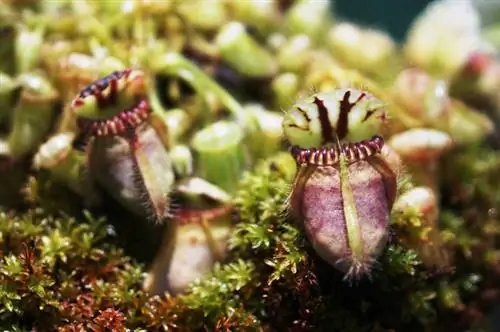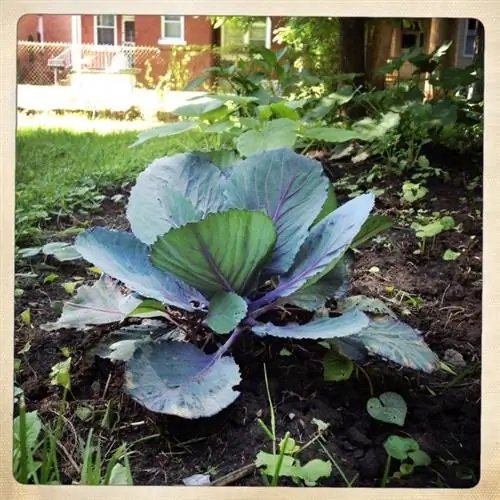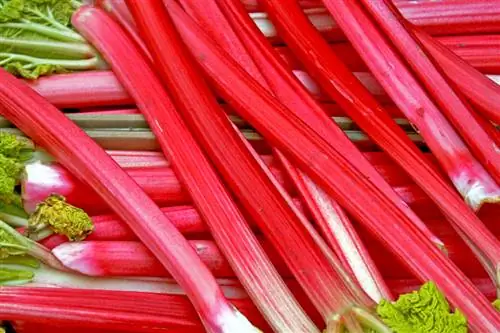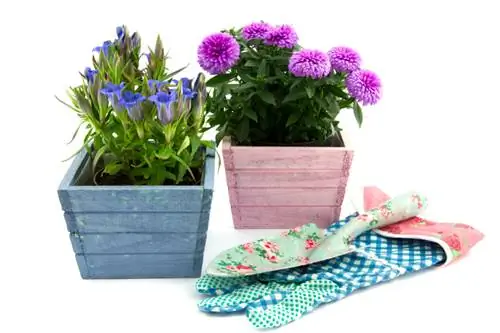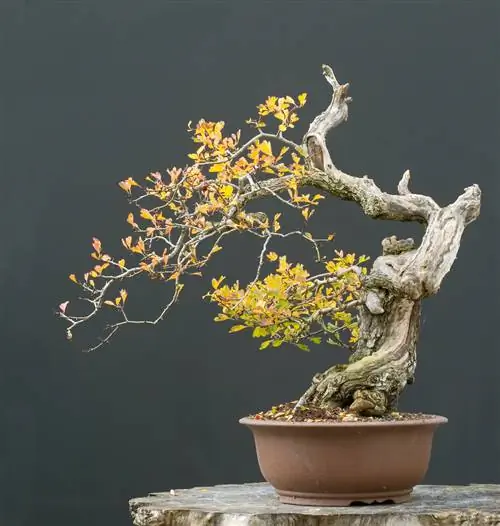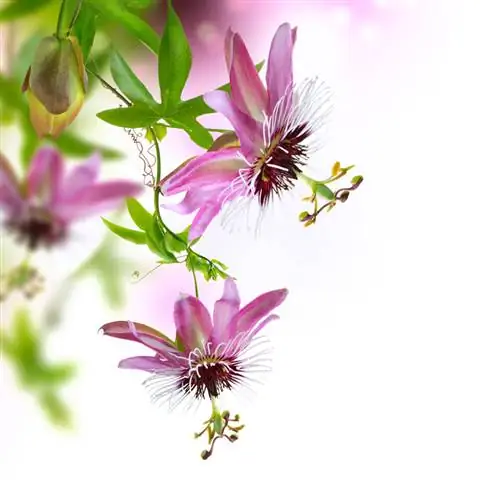- Author admin [email protected].
- Public 2023-12-16 16:46.
- Last modified 2025-01-23 11:20.
Cephalotus follicularis or dwarf pitcher is also called the Western Australian pitcher plant, although it is not related to this species. When properly cared for, the carnivorous plant forms small, deep red pitchers. The care of this plant, which only occurs in a small region, is complex and not suitable for beginners.
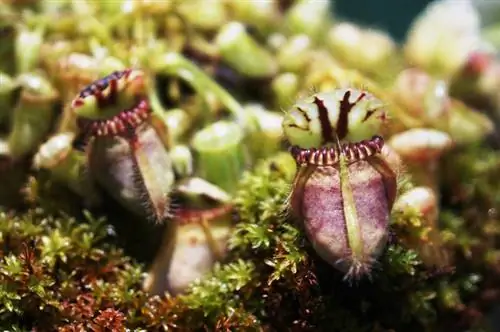
How to properly care for Cephalotus follicularis?
Caring for Cephalotus follicularis requires regular moistening of the substrate with rain or still mineral water, plenty of light, avoiding waterlogging, no fertilization and careful repotting in spring. Overwintering at 10-16 degrees is recommended.
How to water Cephalotus follicularis correctly?
This carnivore cannot tolerate waterlogging at all. It therefore makes sense not to water them using the damming method, but rather to moisten the substrate regularly.
Only rainwater should be used as water, alternatively still mineral water.
Is fertilization necessary?
Never fertilize the dwarf pitcher! The plant is self-sufficient and the risk of over-fertilization is quite high if additional nutrients are given.
Does dwarf pitcher need to be fed?
You don't have to feed Cephalotus follicularis either. This variety is more sensitive than other carnivorous plants. Zwergkrug is solely self-sufficient.
When should Cephalotus follicularis be repotted?
The roots of Cephalotus follicularis are very delicate. You must therefore be particularly careful when repotting. Repotting takes place in spring. Place the plant in fresh substrate after removing the old soil.
What diseases and pests can occur?
Diseases occur primarily when waterlogging occurs. This can cause the plant to rot and die.
Scale insects can become a problem. If there is an infestation, it is worth carefully rubbing the pests off by hand using a cotton swab (€9.00 on Amazon). You should avoid using pesticides or only use these products directly on infested areas.
How do dwarf pitchers overwinter?
Like almost all carnivorous plants, the dwarf pitcher is not hardy. Some experts have had good experiences with cultivating Cephalotus follicularis in the same location and simply watering them less.
Other experts recommend keeping the plant cooler over the winter. An ambient temperature of 10 to 16 degrees is ideal. If the dwarf pitcher is kept cool over the winter, it can even be kept in little light over the winter.
Tip
In order for Cephalotus follicularis to develop its deep red pitchers, the plant needs a lot of light during the growing season. Several hours of sun a day or strong artificial lighting are required. When kept under glass, care must be taken to ensure that the ambient temperature does not rise too high.

